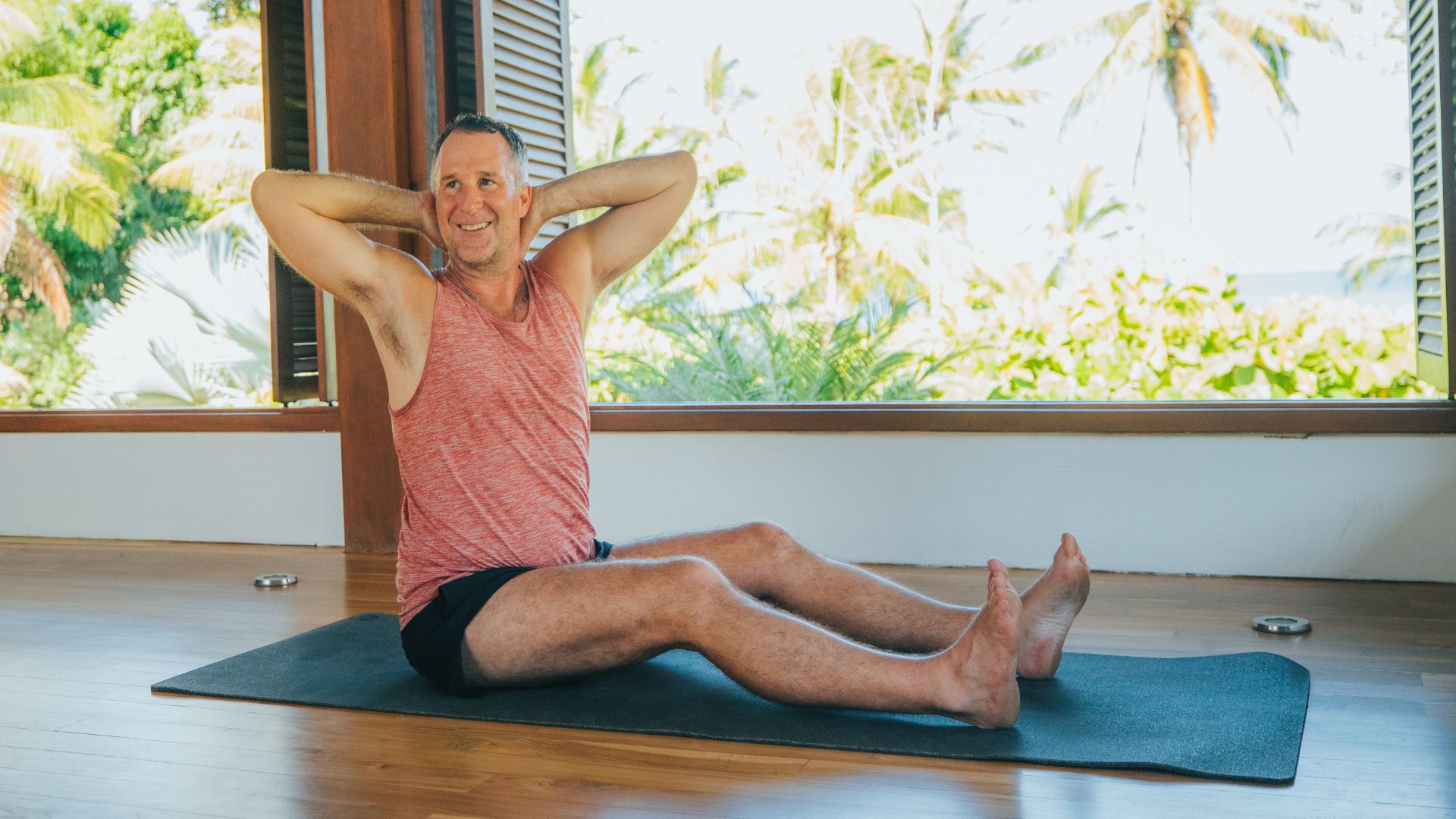
"Yoga is often associated with flexibility, relaxation, and overall well-being. But what if some of the most common yoga practices are actually harming your body? In this article, we'll explore a surprising revelation from Yogi Aaron: why certain yoga poses, particularly Child's Pose, could be doing more harm than good. If you want to dive deeper into this topic, I invite you to listen to my podcast "Stop Stretching." You can also find episode 6 right here."
"The Myth of Stretching: Why More Flexibility Isn't Always Better For years, we've been told that stretching before and after a workout prevents injury and reduces soreness. However, passive stretching weakens the neuromuscular connection between the brain and muscles. When you stretch a muscle passively, you're actually decreasing its ability to contract. Which leads to instability and increases the risk of injury."
"The #1 Yoga Pose to Avoid: Child's Pose While Child's Pose is commonly used as a resting posture, it can have serious negative effects on the body. Here's why: Overstretching the Lower Back: Child's Pose excessively lengthens the lumbar spine, which can lead to instability and pain over time. Weakening the Core: This pose deactivates the psoas, a crucial musc"
Passive stretching reduces neuromuscular connection and decreases a muscle's ability to contract, which can create instability and increase injury risk. Muscles tighten as a protective mechanism indicating underlying instability, and stressors can trigger protective tightness. Child's Pose can overstretch the lumbar spine and deactivate the psoas, contributing to core weakening and instability. Other poses such as Apanasana and Pigeon Pose may also cause harm when used as passive stretches. Safer approaches prioritize strengthening and activation over passive stretching to restore stability and protect the body from further dysfunction.
Read at Yogi Aaron
Unable to calculate read time
Collection
[
|
...
]